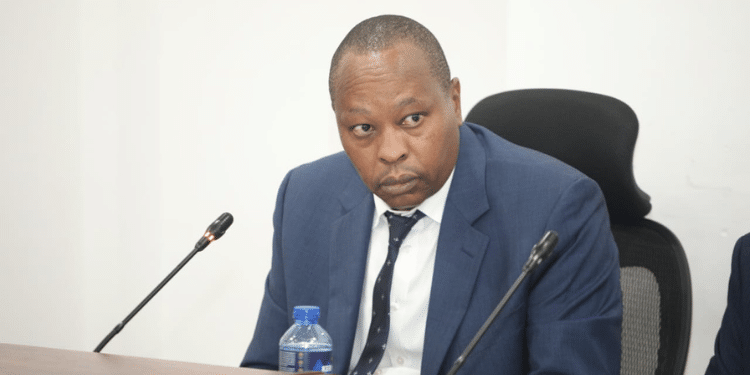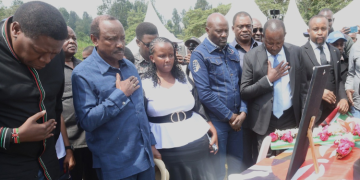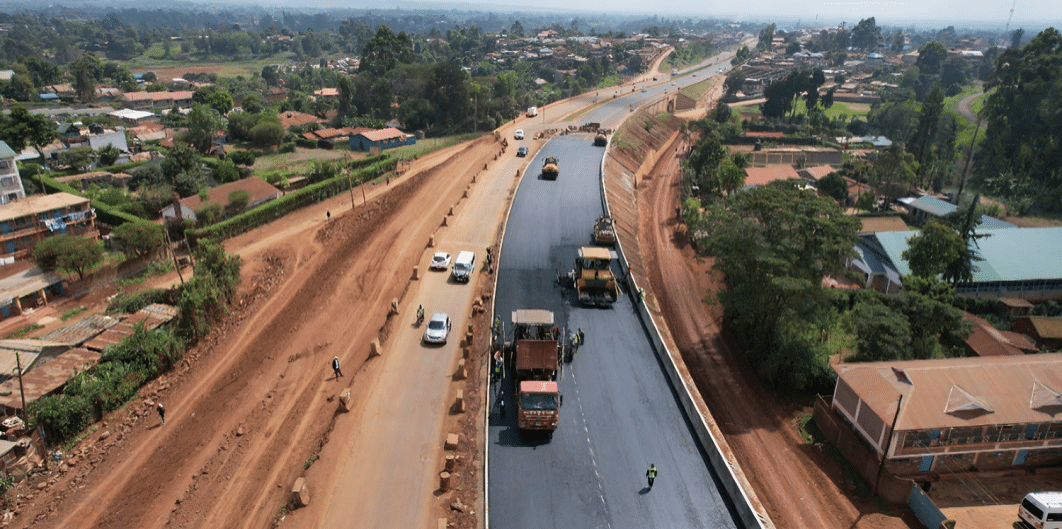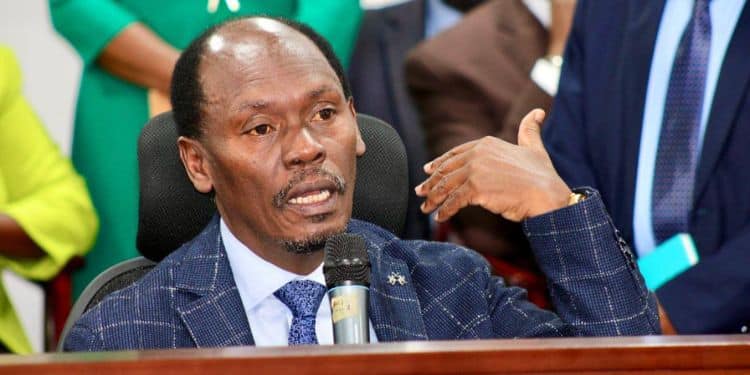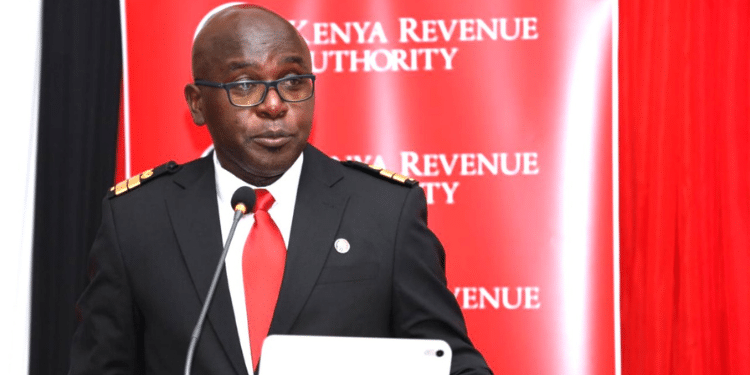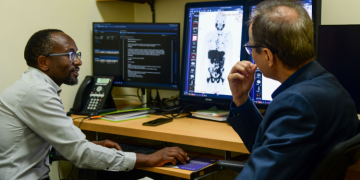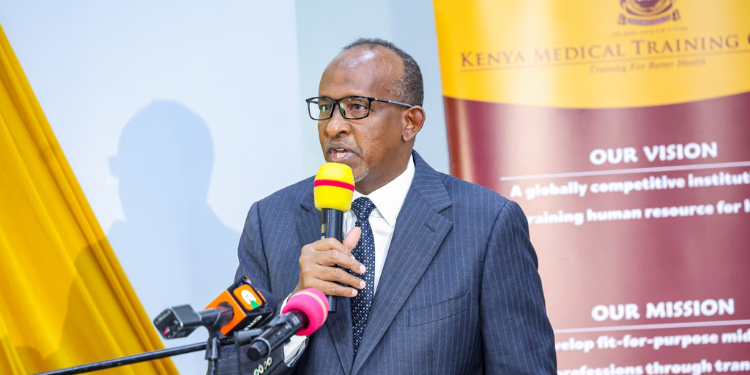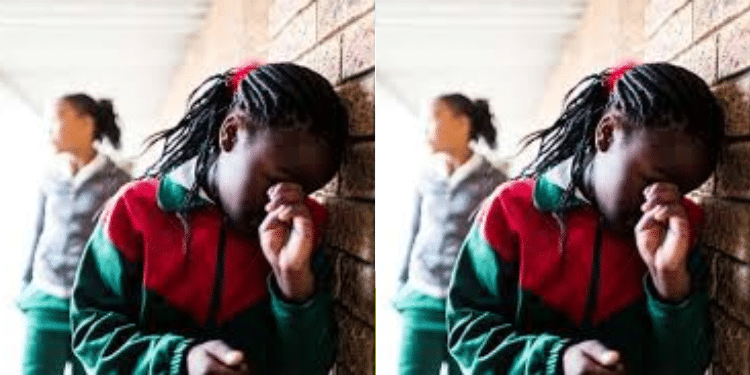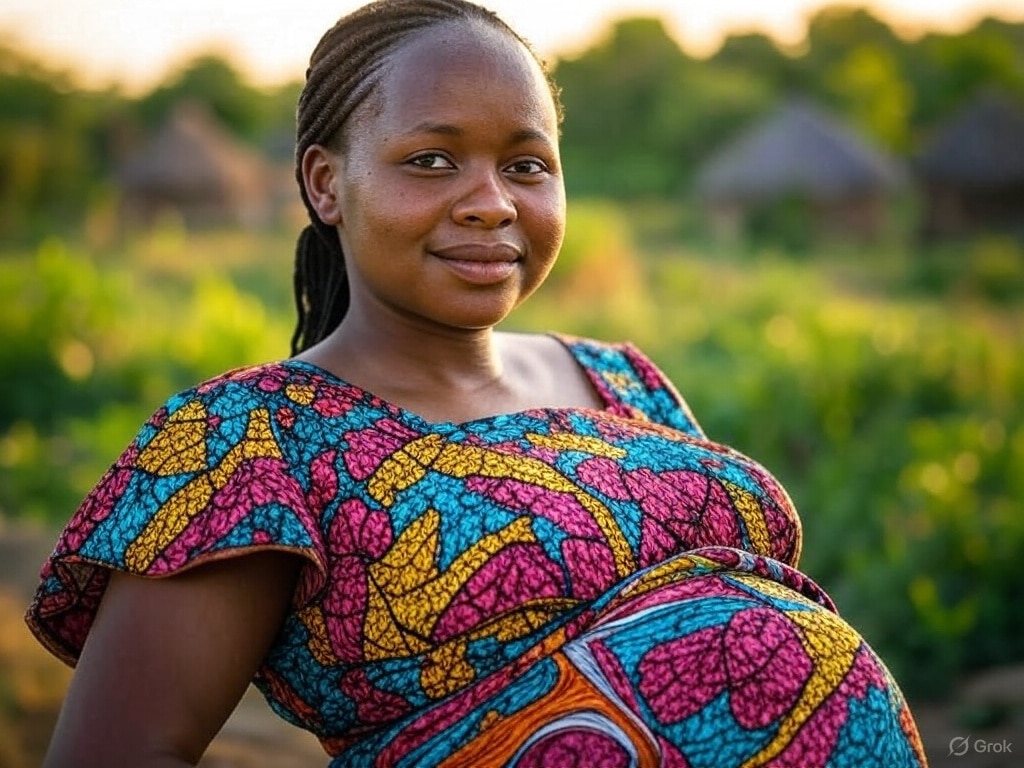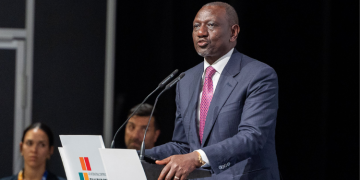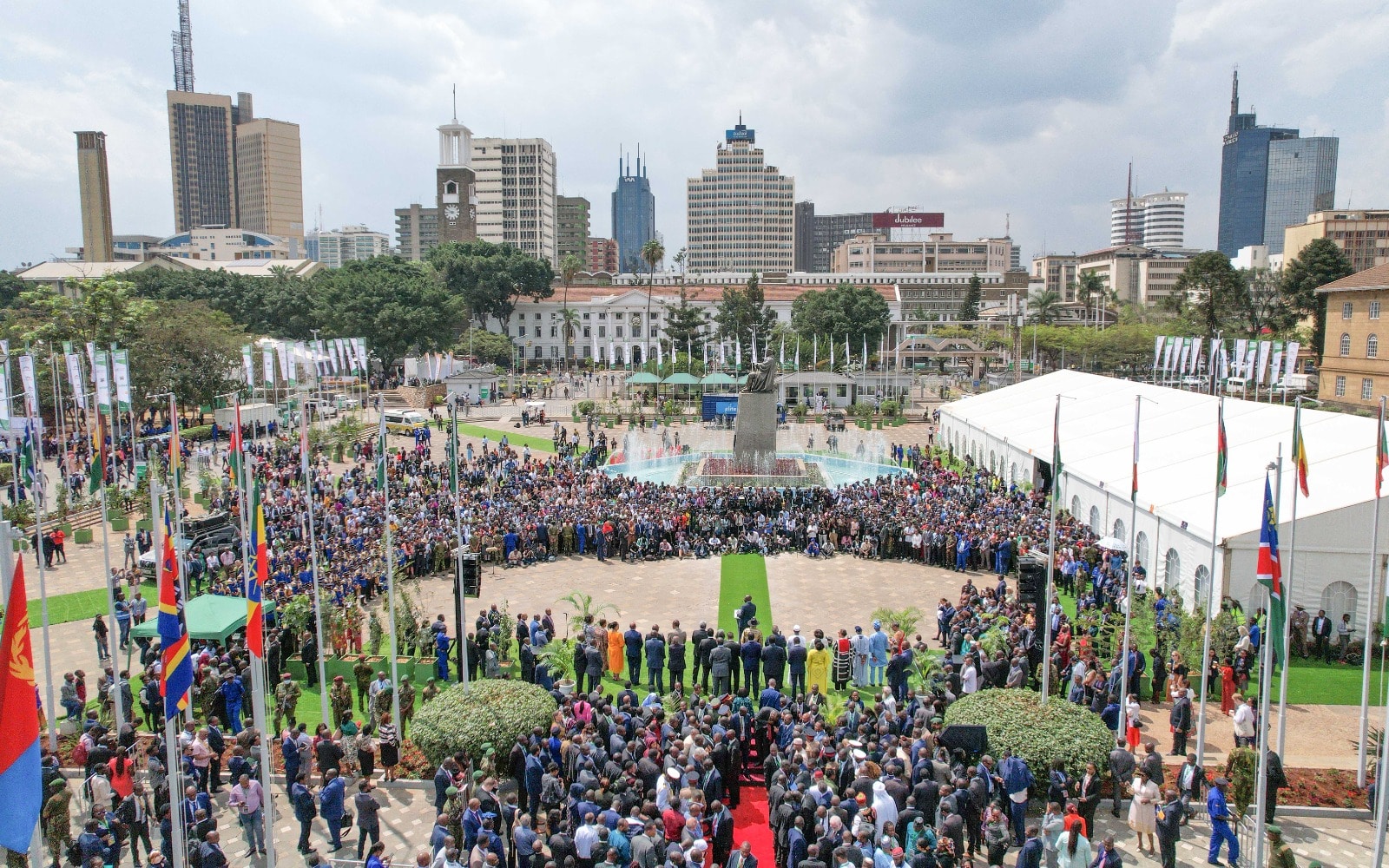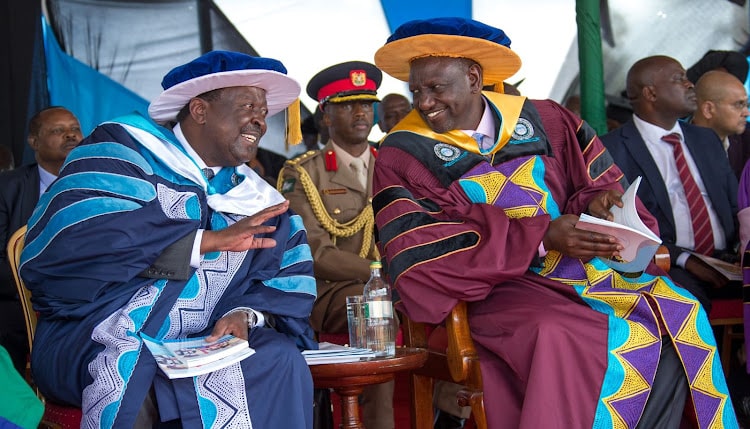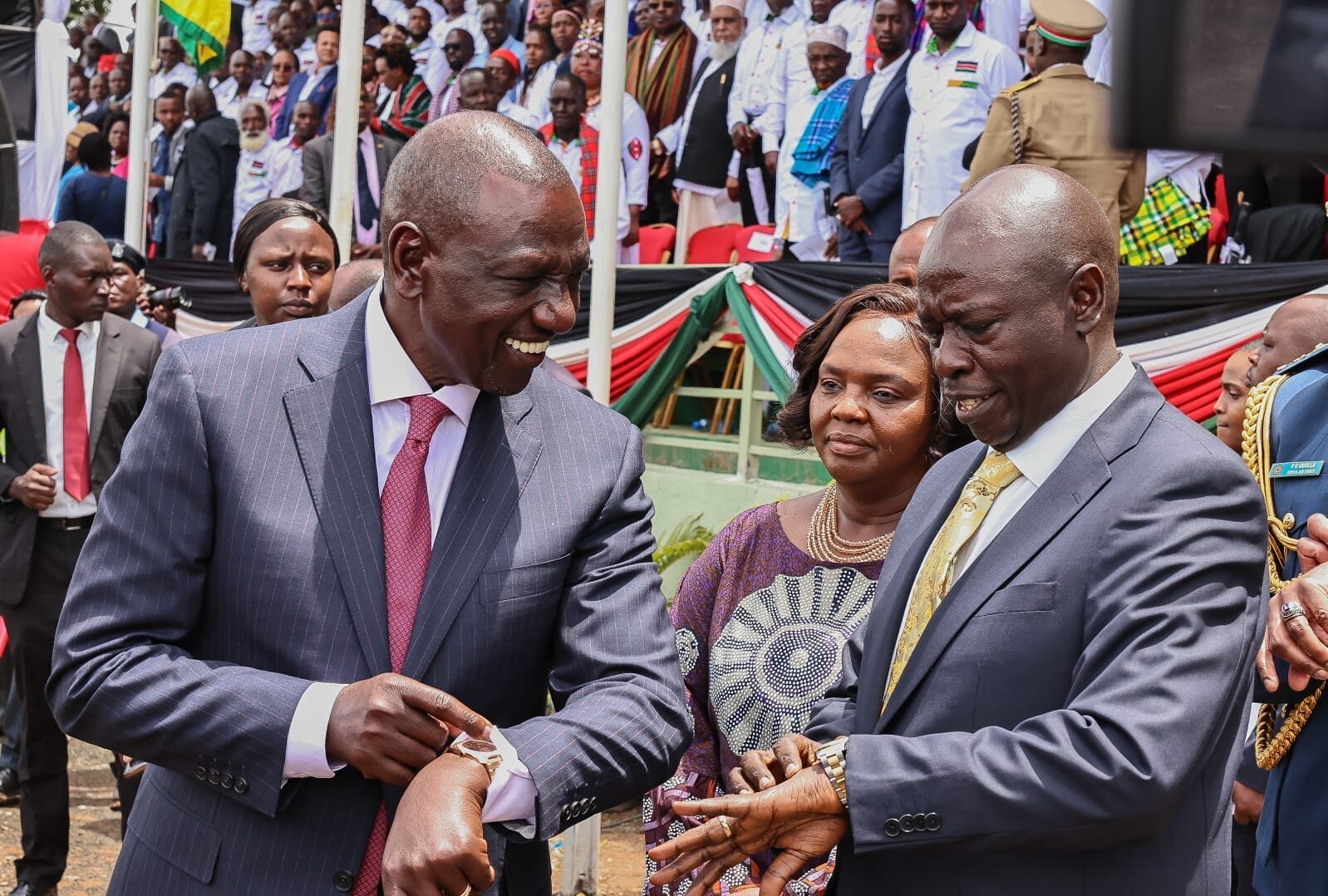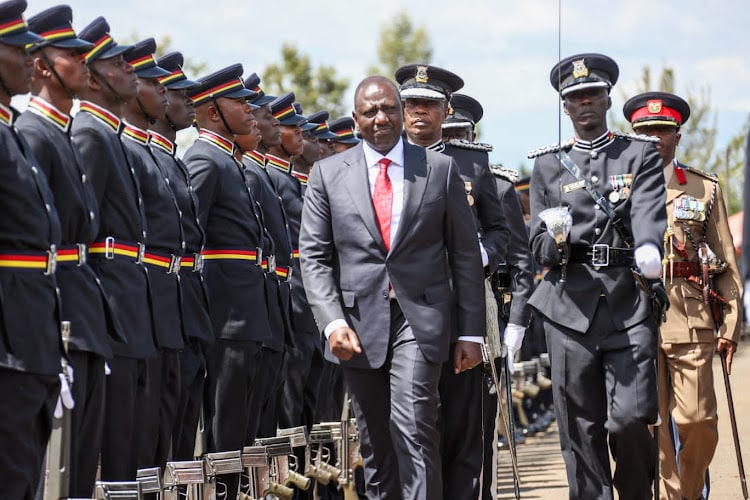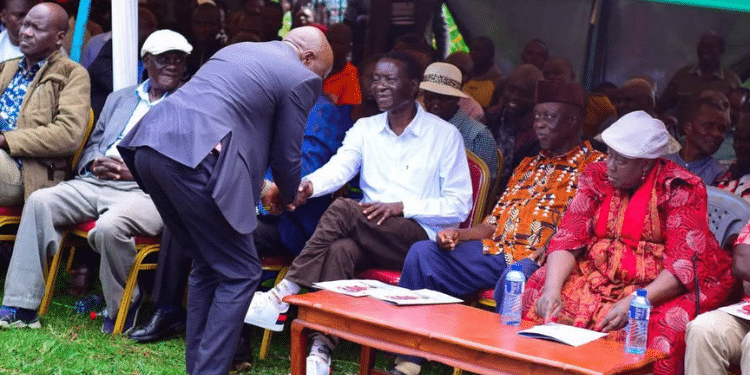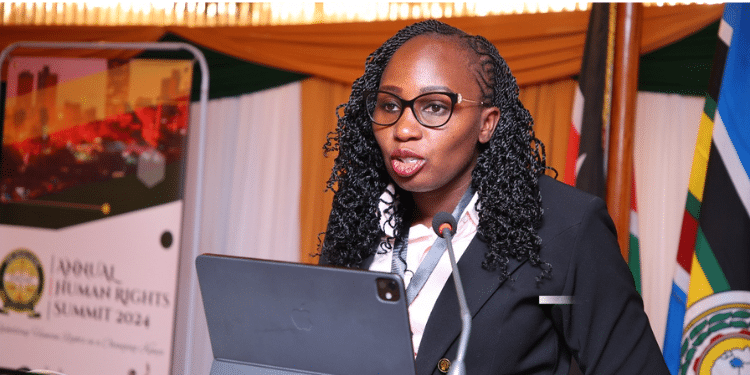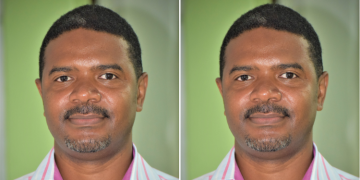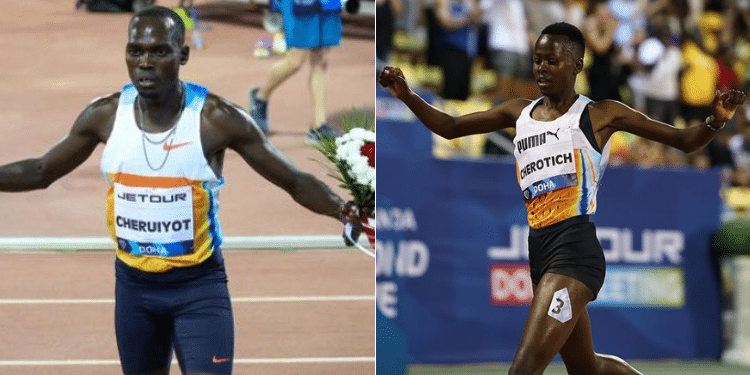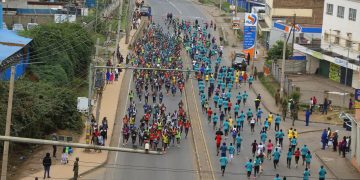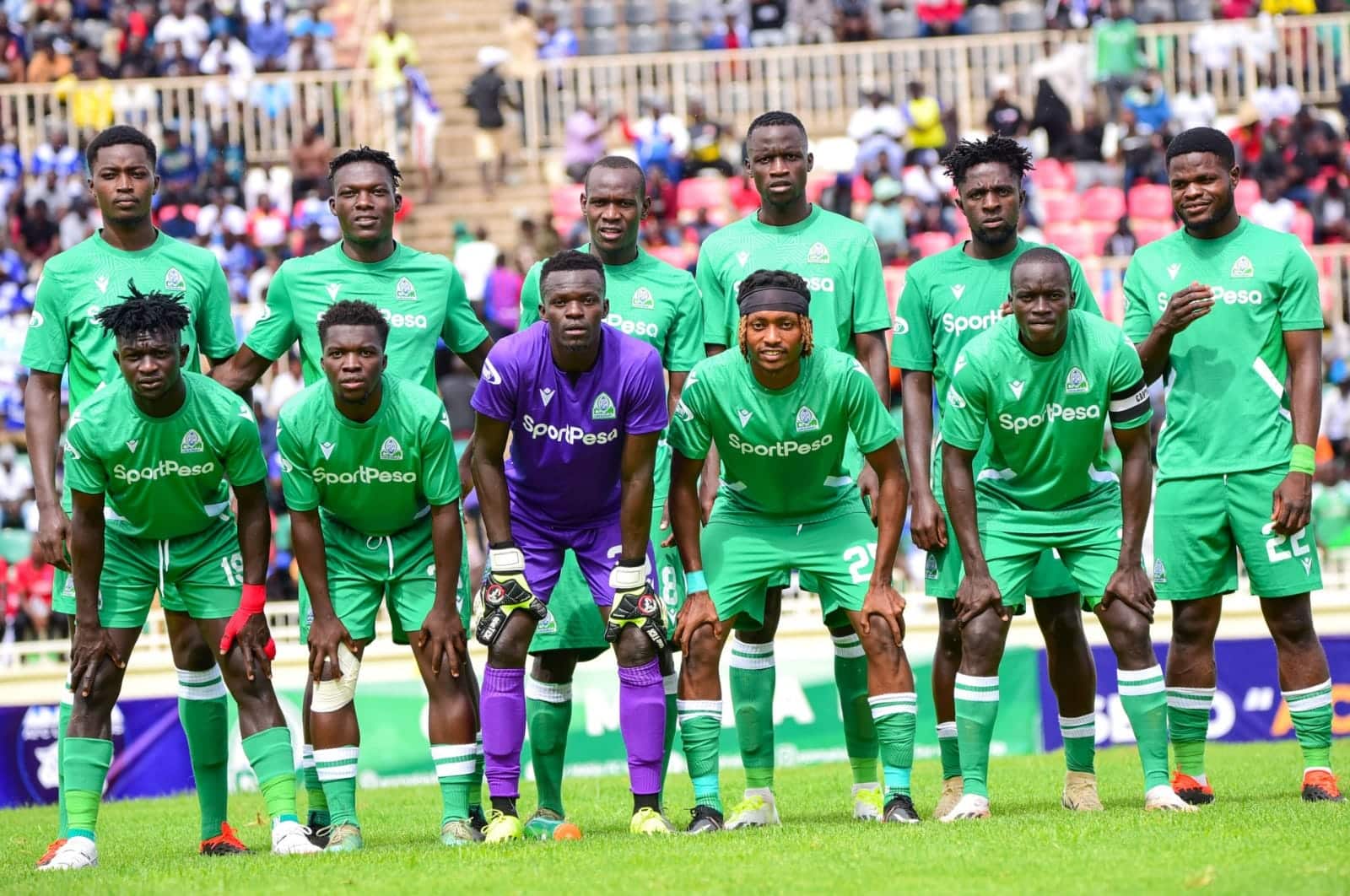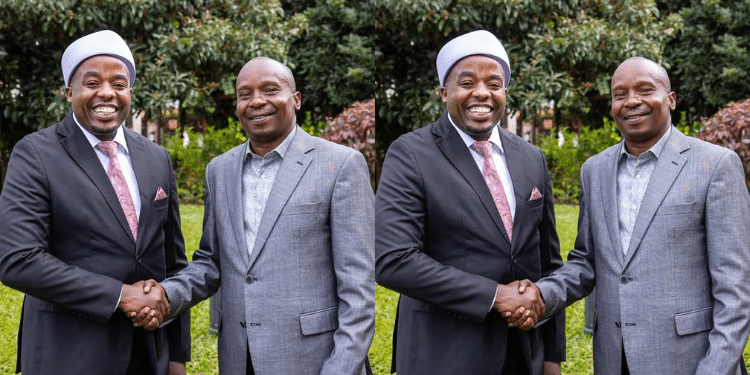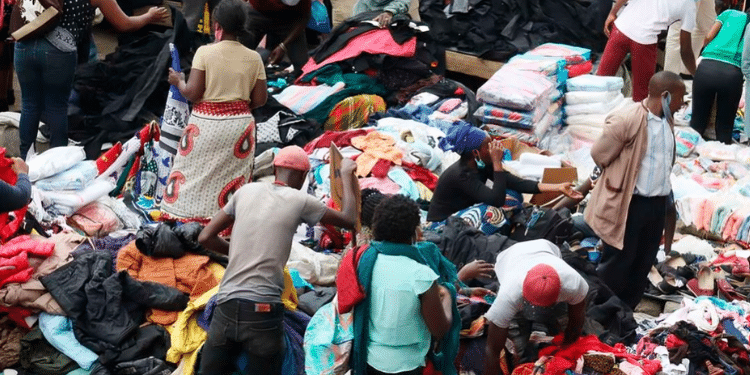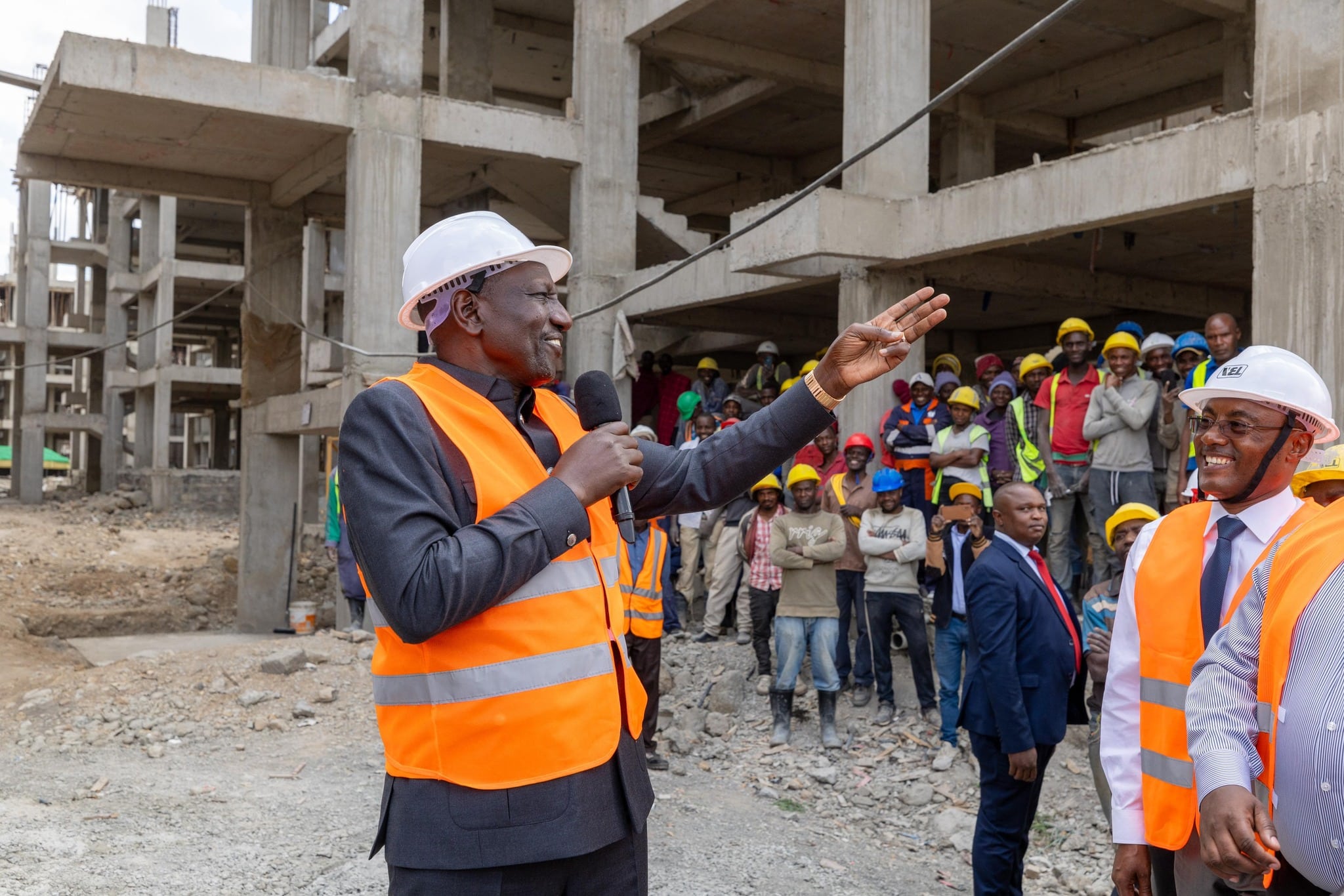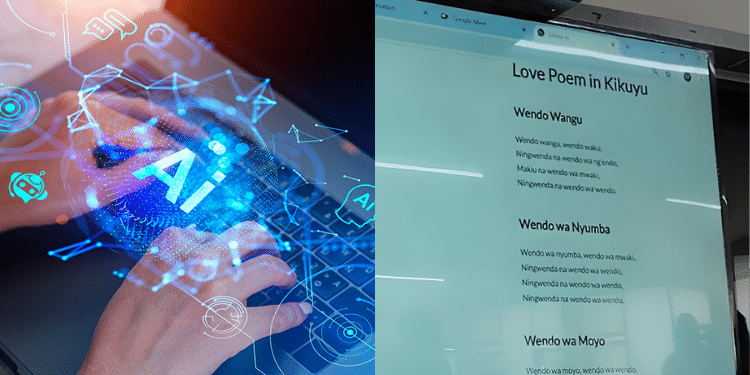Women and girls in science are significant change agents, yet they remain underrepresented, underfunded, and undervalued in science, technology, engineering, and mathematics (STEM). Today, only one in three scientists is a woman.
According to the United Nations, despite making up a third of researchers globally, women receive significantly smaller research grants than their male counterparts. In national science academies, the numbers are even starker—only 12% of members are women.
The lack of gender equality in science is not just a problem that affects women. It also limits scientific progress and hamstrings a country’s development and efforts to build peaceful societies.
This year, the International Day of Women and Girls in Science, commemorated annually on February 11, was marked under the theme “Unpacking STEM Careers: Her Voice in Science.”

Current Gender Disparities in STEM
While women can contribute equally to science, gender equality remains elusive. A significant gender gap continues to persist throughout the years at all levels of STEM disciplines all over the world.
Also Read: Teacher Export: Implications for Kenya’s Realization of Its National Development Goals
Although the number of girls in basic education has continued to increase over the years, compared to boys, they still face challenges to tap into educational opportunities fully.
The leaky pipeline becomes evident as girls move up their academic levels. In high school and beyond, fewer girls and women tend to pursue STEM courses.
While much attention has been paid to the leaky tertiary and higher education pipeline, the focus must be redirected to the earlier levels – early learning, primary, and high school— the gatekeeping levels that feed STEM transitions.
Access, equity, and equality
As these challenges are addressed, considerations should be made to ensure a global balance in access, equity, and equality.
As things stand, there are intra-and inter-country disparities globally concerning the participation of girls and women in STEM.
While higher-income countries have higher enrolment in STEM at the basic education level, they also experience a leaky pipeline at the higher education and career levels.
Countries in Sub-Saharan Africa, Latin America, the Middle East, and South Asia experience gender disparities in basic education levels. This is protracted by inter-community and regional conflicts, income inequalities, cultural norms and biases that emphasize stereotypical gender roles, lack of role models, gendered pedagogies, and insufficient STEM opportunities for girls and women.
The latest Gender Social Norms Index (GSNI) report indicates that there has been no improvement in biases against women over the last 10 years.
In higher education, fewer women enroll in STEM courses than men and experience challenges during matriculation, including insufficient mentoring, academic support, and gendered pedagogical approaches.
Beyond the educational sector, women continue to face workplace limitations, including unequal pay, limited promotion opportunities, and work-life balance, especially for young mothers.
The exclusion of women in STEM leadership has broader societal impacts, with women being limited in their capacity to be creative and innovative.
If left unaddressed, this gender imbalance and disparity could create a perpetual cycle where girls are discouraged from joining STEM careers, perpetuating this generational inequality.
Advancing Gender Equity in STEM Through Policy and Action
In Africa, the African Population and Research Center continues to advocate for gender equity in STEM as a moral and strategic necessity for Africa’s sustainable development.
Women’s participation in STEM is critical to enhancing innovation, strengthening research capacity, and addressing the continent’s most pressing health, technological, and environmental challenges.
The Center drives key initiatives through its programs to level the playing field internally and in Africa’s research ecosystem.
Also Read: Embracing AI in Schools and Colleges While Safeguarding Human Agency
In its flagship research capacity-strengthening program, the Consortium for Advanced Research Training in Africa (CARTA), active since 2008, the Center fosters gender inclusivity in doctoral training and supervision.
CARTA’s gender-responsive policies and mechanisms ensure that women researchers gain access to higher education opportunities and receive mentorship and career support to sustain their progression in STEM.
Beyond training, APHRC has championed systemic reforms, including a gender-lensed supervision and mentorship framework developed in collaboration with the Inter-University Council for East Africa (IUCEA).
Call to Action
While significant progress has been achieved over the years, achieving gender equality in science remains challenging.
Women’s voices in science matter—not only for advancing knowledge but also for developing inclusive and sustainable solutions to global challenges. Systemic changes are needed to ensure that the STEM field is inclusive and equitable for all.
To address the world’s problems fully, women must be involved in making decisions. This year’s commemoration is a moment to pause and reflect on what must be done to attain gender parity in STEM.
We call for increased advocacy for institutional and policy changes, enhanced mentorship and support for women and girls, closing the gender pay gap, especially at senior levels of leadership, and the inclusion of more women publishers in high-impact, high-level journals.
About authors
This article was authored by Dr. Lucy A. Wakiaga, William Mawia, Ann Waithaka, and Davis Muli Musyoki.
Dr. Wakiaga is an Associate Research Scientist in the Human Development (HD) Theme at the African Population and Health Research Center (APHRC). Her current research work and interest focus on higher education research; gender, pedagogy and STEM; gender and leadership, and school leadership and administration.
William is a Communications Manager in the Visibility Unit under the Policy Engagement and Communications (PEC) division at the African Population and Health Research Center. He is passionate about international relations, strategic communications, and policy advocacy.
Ann is a Senior Communications Officer in the Synergy Unit within the Policy Engagement and Communications (PEC) division at the African Population and Health Research Center. She supports translating research evidence into practical, actionable information for policymakers, decision-makers, practitioners, and other stakeholders involved in the research-to-evidence and evidence-to-action ecosystems.
Davis is a Communications Officer in the Synergy Unit within the Policy Engagement and Communications (PEC) division at the African Population and Health Research Center. He is focused on enhancing public awareness and engagement with APHRC research and deeply desires to impact people’s lives through evidence-based policy change positively.
Follow our WhatsApp Channel and join our WhatsApp Group for real-time news updates.
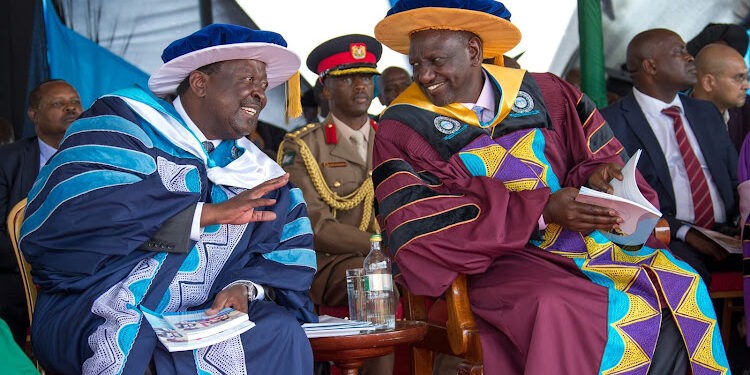
PHOTO/PCS.

